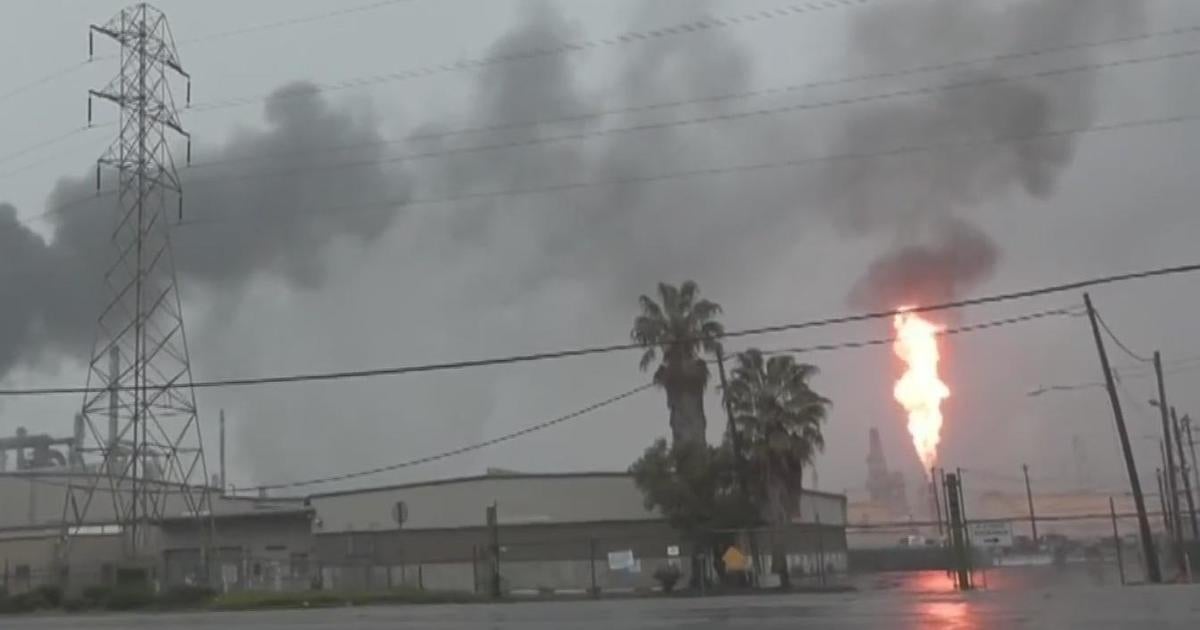Toxic Aftermath: Martinez Refinery Blaze Haunts Community with Lingering Health Fears

The Martinez community remains on edge following a dramatic weekend fire at the Martinez Refining Company that sent massive smoke plumes billowing into the sky and left six refinery workers injured. The incident has raised significant concerns about industrial safety and environmental impact in the East Bay area.
The blaze, which erupted unexpectedly, created a stark visual spectacle of towering black smoke that could be seen for miles, prompting immediate emergency response and local alarm. Refinery employees were quickly caught in the dangerous situation, with six workers sustaining injuries during the incident.
Local residents and environmental watchdogs are now demanding a thorough investigation into the cause of the fire and its potential long-term consequences for the surrounding community. The Martinez Refining Company has yet to provide comprehensive details about the circumstances that led to this industrial accident.
As the community continues to process the event, questions about workplace safety, industrial risk, and environmental protection remain at the forefront of local discussions. The incident serves as a stark reminder of the potential hazards inherent in industrial operations.

